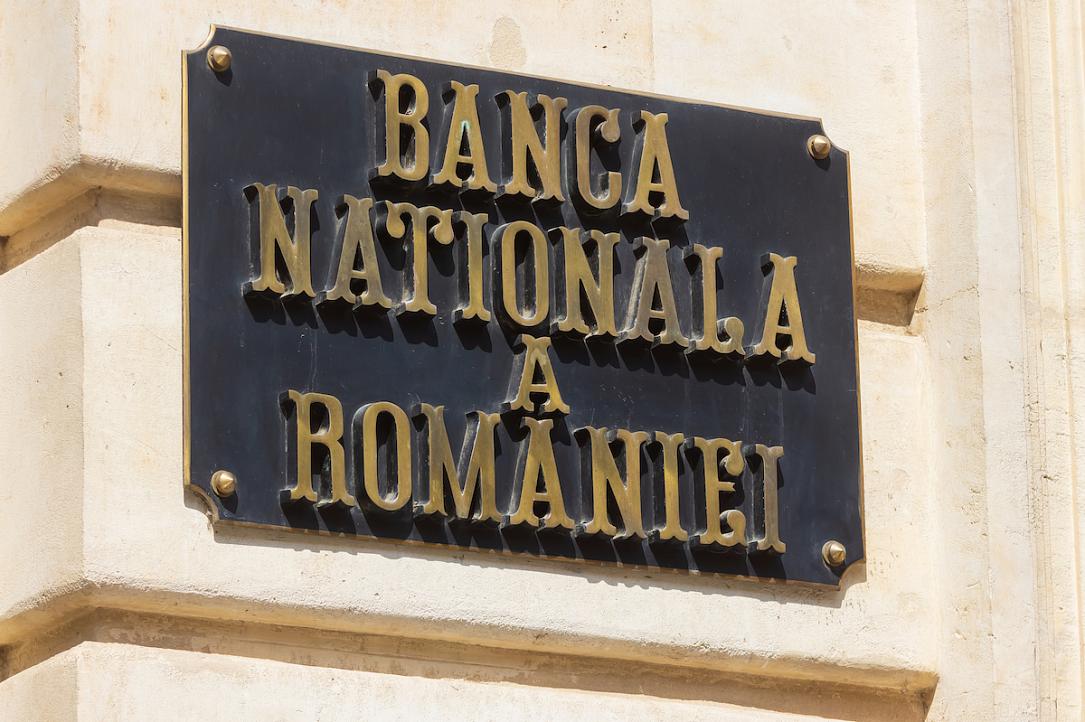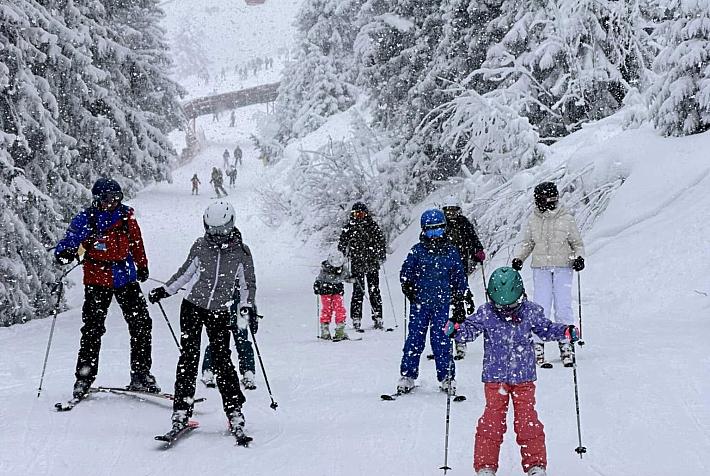Romania’s central bank maintains refinancing rate but cuts forex required reserves

Romania's National Bank (BNR), in its monetary board meeting on November 12, maintained the refinancing rate at 1.5% but cut from 6% to 5% the minimum required reserves ratio for foreign currency liabilities.
The headline inflation decelerated to 2.2% in October, but the CORE2 inflation was flat in Q3 and posted only a minor decrease in October, in line with forecasts, reaching 3.6% from 3.7% in June.
Alongside inflationary pressures before the crisis, the resurgence in private consumption in Q3 may explain the cautious approach. BNR also cites influences, albeit slightly milder, from supply-side disruptions/constraints and higher costs associated with the pandemic and the measures to prevent the coronavirus spread.
The latest developments in high-frequency indicators show a more sizeable rebound in the economy in Q3 than previously anticipated, albeit uneven from a sectoral perspective, the BNR states. The exchange rate volatility was not excessive, it also says. Financial market conditions continued to improve under the impact of the three successive policy rate cuts and on the back of the liquidity provided by the central bank to credit institutions, conducive to the adequate financing of the real economy and the public sector, amid the relative stability of the EUR/RON exchange rate.
In its November 12 meeting, the BNR board examined and approved the November 2020 Inflation Report, incorporating the latest available data and information.
The new scenario partly reconfirms the expected trajectory of the annual inflation rate highlighted in the previous forecast, with a significant downward revision only over the short-term horizon. Specifically, the annual inflation rate is anticipated to decline further in the near future, to markedly lower values than previously envisaged, before climbing and remaining close to the middle of the target interval, the same as in previous forecasts.
The BNR also confirmed the outlook for adjusted CORE2 inflation, whose annual rate is seen decelerating only slightly at end-2020, but much more visibly afterward amid the disinflationary effects from the aggregate demand deficit.
andrei@romania-insider.com
(Photo source: LCVA/Dreamstime.com)













